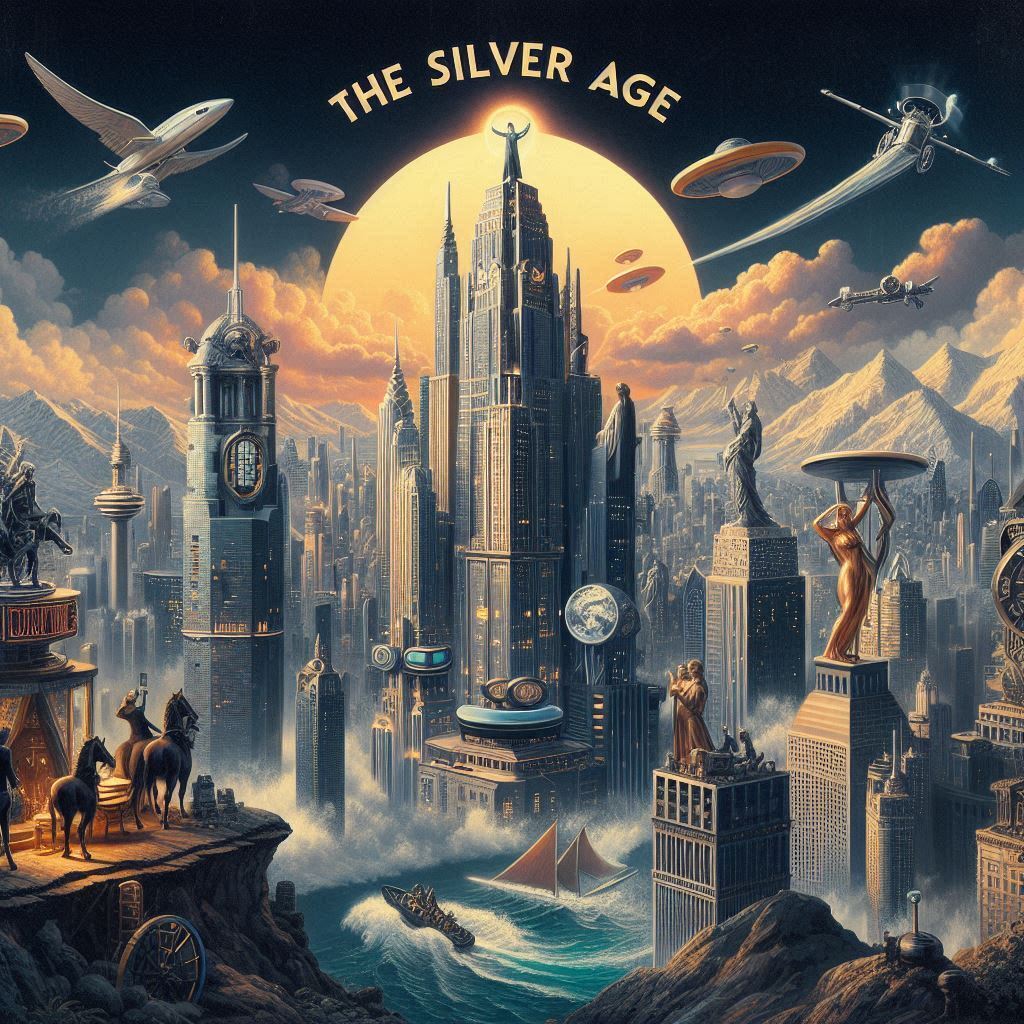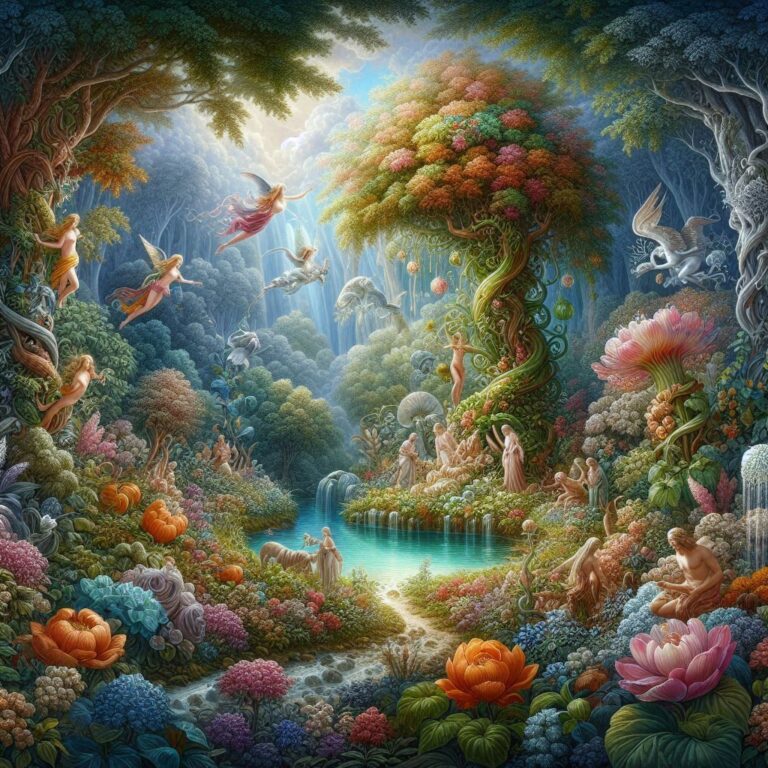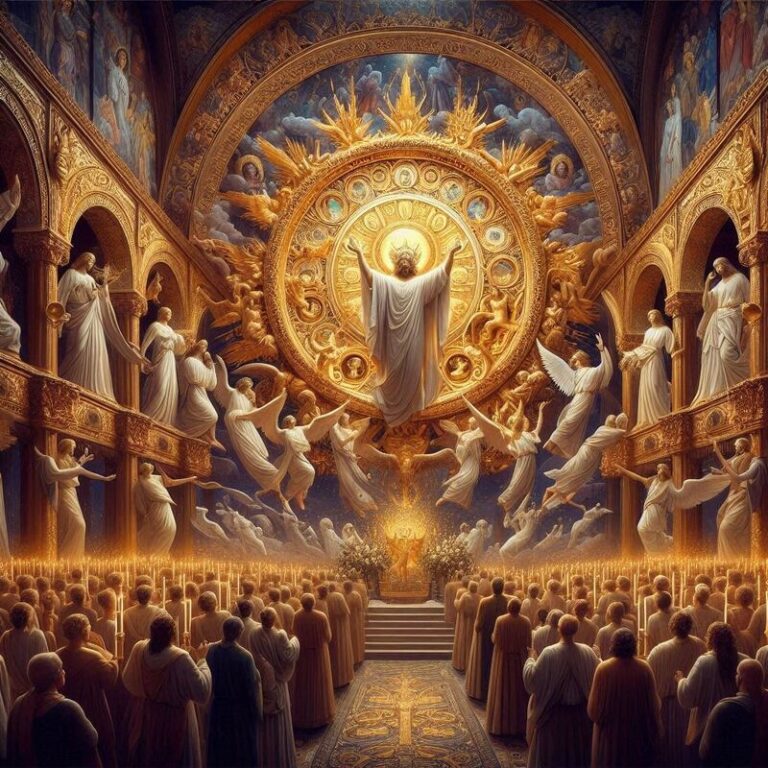The Silver Age An Era of Unparalleled Progress

The Silver Age An Era of Unparalleled Progress
The Silver Age: An Era of Unparalleled Progress
In the grand tapestry of mythical eras, the Silver Age stands out as a time of unparalleled progress and profound transformation. Unlike the idyllic and harmonious Golden Age, the Silver Age is marked by a blend of both divine influence and human endeavor, a period where innovation, exploration, and cultural development flourished. This epoch, often overshadowed by its predecessor, deserves recognition for its remarkable contributions to the advancement of civilization and the enrichment of human experience.
The Context of the Silver Age

The concept of the Silver Age varies across different mythologies, but common themes include a shift from the perfection of the Golden Age to a period where humans and deities interact more dynamically. In Greek mythology, for instance, the Silver Age follows the Golden Age, characterized by a time when humans lived for hundreds of years, experiencing an extended childhood. Although it eventually gives way to the Bronze Age, known for its warlike and turbulent nature, the Silver Age is crucial for its role in setting the foundations for future developments.
Technological and Intellectual Advancements

One of the most striking features of the Silver Age is the surge in technological and intellectual advancements. This era witnessed the birth of many inventions and discoveries that significantly improved the quality of life and laid the groundwork for future progress.
- Agricultural Innovations: The Silver Age saw the refinement of agricultural techniques. Humans began to understand crop rotation, irrigation, and selective breeding of plants and animals. These advancements led to increased food production, supporting larger populations and the growth of cities.
- Architectural Marvels: The architectural landscape transformed during the Silver Age with the construction of monumental structures and cities. Innovations in building techniques and materials, such as the use of stone and metal, enabled the creation of durable and impressive edifices. Temples, palaces, and fortifications from this era showcase the ingenuity and artistic sensibilities of the time.
- Scientific Curiosity: This period fostered a spirit of inquiry and observation. Early scientists and philosophers began to explore natural phenomena, leading to rudimentary understandings of astronomy, medicine, and mathematics. These intellectual pursuits laid the groundwork for future scientific revolutions.
The Silver Age An Era of Unparalleled Progress
Cultural Flourishing
The Silver Age is also marked by a rich cultural flourishing. The arts, literature, and social institutions evolved significantly, reflecting the complexities and aspirations of human societies.
- Literature and Mythology: The Silver Age contributed to the rich tapestry of mythology and literature. Epic tales, poems, and stories from this period often depicted the exploits of heroes, gods, and ordinary humans, blending moral lessons with entertainment. These narratives served as both educational tools and cultural cornerstones, preserving traditions and values for future generations.
- Art and Aesthetics: Artistic expression reached new heights during the Silver Age. Sculptors, painters, and craftsmen created works that combined beauty with functionality. Artistic endeavors were not limited to the elite; everyday objects were also adorned with intricate designs, reflecting a widespread appreciation for aesthetics. The Silver Age An Era of Unparalleled Progress
- Social Structures: The Silver Age witnessed the evolution of social structures and institutions. The concept of governance began to take shape, with the emergence of early forms of leadership and organized communities. These developments provided stability and a sense of order, fostering environments where innovation and cultural activities could thrive.
Spiritual and Philosophical Growth

The Silver Age was not only a time of material and intellectual progress but also a period of significant spiritual and philosophical growth. Humans and deities were believed to interact more closely, leading to a deeper understanding of the divine and the human condition. The Silver Age An Era of Unparalleled Progress
- Religious Practices: Religious practices became more organized and complex during the Silver Age. Temples and sanctuaries dedicated to various gods and goddesses were constructed, serving as centers for worship and community gatherings. Rituals and ceremonies became more elaborate, reflecting the importance of spirituality in everyday life.
- Philosophical Inquiry: The era also saw the emergence of early philosophical thought. Thinkers began to question the nature of existence, the role of the divine, and the principles of morality and justice. These philosophical explorations provided a foundation for later schools of thought and contributed to the intellectual richness of the age.
- Ethical Codes: The interaction between humans and deities during the Silver Age gave rise to ethical codes and moral guidelines. These codes were often embedded in myths and stories, serving as a means to transmit values and principles across generations. The emphasis on virtue, honor, and the greater good played a crucial role in shaping societal norms.
The Silver Age An Era of Unparalleled Progress
Challenges and Resilience

Despite its many achievements, the Silver Age was not without challenges. The transition from the Golden Age brought new difficulties and complexities that required resilience and adaptability.
- Environmental Changes: The Silver Age faced environmental changes that impacted agriculture and daily life. Shifts in climate and natural disasters posed significant challenges, prompting humans to develop strategies for survival and adaptation. The Silver Age An Era of Unparalleled Progress
- Interpersonal Conflicts: As societies grew more complex, interpersonal conflicts and power struggles became more common. The development of social hierarchies and governance structures brought about issues of authority and justice, necessitating the creation of laws and conflict resolution mechanisms.
- Divine Interventions: The closer interaction between humans and deities sometimes led to divine interventions in human affairs. These interventions, while often beneficial, could also bring about unforeseen consequences and challenges. Myths from this era frequently depict gods and goddesses influencing the course of human events, for better or worse.
The Silver Age An Era of Unparalleled Progress
The Legacy of the Silver Age

The legacy of the Silver Age is profound and enduring. Its contributions to technology, culture, spirituality, and social organization have left an indelible mark on the course of human history.
- Foundation for Future Eras: The advancements and innovations of the Silver Age set the stage for subsequent periods of progress. The knowledge and skills developed during this era provided a foundation upon which later civilizations could build.
- Cultural Heritage: The cultural artifacts and literary works from the Silver Age continue to inspire and educate. They serve as a testament to human creativity and resilience, offering valuable insights into the values and aspirations of our ancestors. The Silver Age An Era of Unparalleled Progress
- Spiritual Wisdom: The spiritual and philosophical explorations of the Silver Age have contributed to the rich tapestry of human thought. The ethical and moral lessons from this period continue to resonate, offering guidance and inspiration for contemporary societies.
Conclusion
The Silver Age, often overshadowed by the idyllic Golden Age and the tumultuous Bronze Age, deserves recognition as an era of unparalleled progress. Its achievements in technology, culture, spirituality, and social organization highlight the complexity and dynamism of human societies. Despite the challenges it faced, the Silver Age stands as a testament to the ingenuity, resilience, and enduring spirit of humanity. By celebrating and learning from this remarkable period, we can gain valuable insights into our own journey of progress and evolution.


